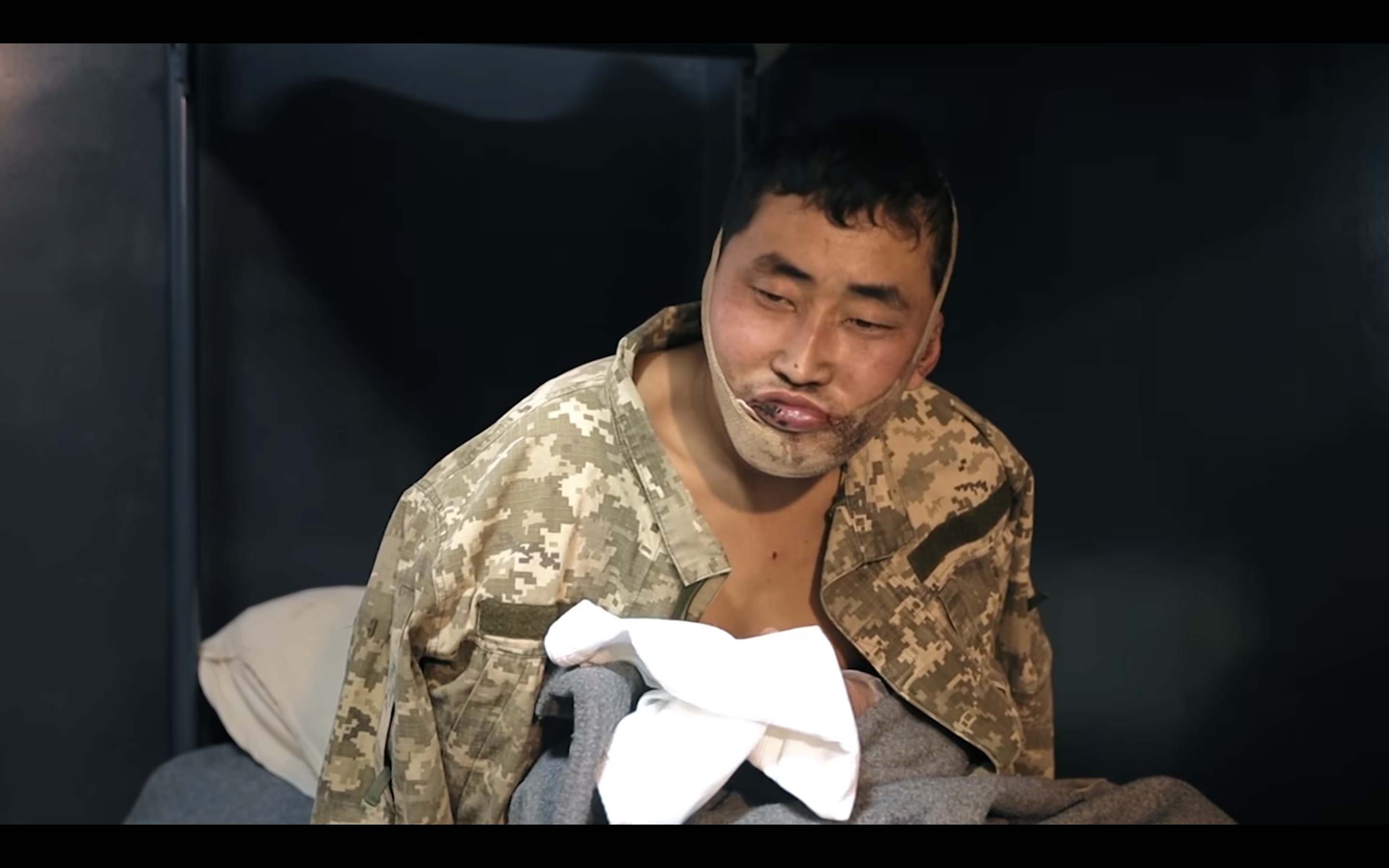Key Takeaways
- Ukrainian forces have made substantial gains around Lyman and in northern Kherson Oblast over the last 24 hours. The Russian units defeated on these fronts were previously considered to be among Russia’s premier conventional fighting forces.
- Russian President Vladimir Putin may use the appointment of Lieutenant-General Roman Berdnikov to the command of the Western Military District to redirect blame for recent or future Russian military failures in Kharkiv Oblast.
- Russian officials released the director of the Zaporizhzhia Nuclear Power Plant, whom they had illegally detained, and are likely continuing to undermine Ukrainian control of the plant.
- Ukrainian forces made advances on the Oskil River-Kreminna line towards the Luhansk oblast border.
- Ukrainian forces advanced in northern Kherson Oblast.
- Russian President Vladimir Putin is introducing punitive measures to target the Russian bureaucratic institutions responsible for the execution of partial mobilization.
- Russian officials acknowledged that the Kremlin intends to invade, occupy, and illegally annex additional Ukrainian territory in the south and east and may alter the claimed borders of its occupied territories.
- The Russian State Duma approved the Kremlin’s illegal accession treaties on October 3 and laid out the administrative timeline for integrating illegally annexed Ukrainian territory into the Russian Federation.
Ukrainian forces continued to make substantial gains around Lyman and in Kherson Oblast in the last 48 hours. Ukrainian and Russian sources reported that Ukrainian troops made significant breakthroughs in northern Kherson Oblast between October 2 and 3.[1] Geolocated footage corroborates Russian claims that Ukrainian troops are continuing to push east of Lyman and may have broken through the Luhansk Oblast border in the direction of Kreminna.[2] As ISW has previously reported, the Russian groupings in northern Kherson Oblast and on the Lyman front were largely comprised of units that had been regarded as among Russia’s premier conventional fighting forces before the war.[3] Elements of the 144th Motorized Rifle Division of the 20th Combined Arms Army reportedly withdrew from Lyman to rear positions near Kreminna before October 2.[4] Russian sources previously reported that elements of the Russian Airborne Forces (VDV), especially the 76th Guards Air Assault Division, are active in Kherson Oblast.[5] Both the 144th Motorized Rifle Division and the 76th Guards Air Assault Division were previously lauded as some of Russia’s most elite forces, and their apparent failures to hold territory against major Ukrainian counter-offensive actions is consistent with ISW’s previous assessment that even the most elite Russian military forces are becoming increasingly degraded as the war continues. This phenomenon was also visible in the collapse of the 4th Tank Division of the 1st Guards Tank Army earlier in the Kharkiv counter-offensive.[6]
JOIN US ON TELEGRAM
Follow our coverage of the war on the @Kyivpost_official.

Trump’s 10 Most Important Comments on Ukraine Since Taking Office
Russian President Vladimir Putin may be continuing efforts to redirect blame for recent Russian military failures in Kharkiv Oblast. Russian outlet РБК (RBK), citing sources within the Russian regime, reported on October 3 that Lieutenant-General Roman Berdnikov has replaced Colonel-General Alexander Zhuravlev as commander of the Western Military District (WMD).[7] As ISW previously assessed, WMD units have been largely operating in northeastern Kharkiv Oblast over the last few months but without a clear commander. Zhuravlev has not been seen for some time, and Putin cycled through two commanders of the “western grouping of forces” in two weeks. Putin may be attempting to redirect the growing anger for Russian losses in Kharkiv Oblast and Lyman by assigning a new face prominently to the WMD.[8] This announcement may also be an effort to shield Colonel General Alexander Lapin, commander of the Central Military District (CMD), from widespread criticism for recent Russian failures around Lyman.[9] Putin may seek to shift the blame for future Russian losses in Kharkiv and possibly Luhansk Oblasts to Berdnikov. Criticism of Lapin in recent days has served as a catalyst for wider breakdown within the Russian nationalist information space, and Berdnikov’s appointment may be intended to distract and redirect that growing dissatisfaction.
Russian officials released Zaporizhzhia Nuclear Power Plant (ZNPP) director Ihor Murashov from detention and are likely continuing to undermine Ukrainian control of the plant. Energoatom reported that the Russian military detained Director General of the ZNPP Ihor Murashov on September 30 and released him into Ukrainian-controlled territory on October 3 following talks with International Atomic Energy Agency Director General Raphael Grossi.[10] Russian officials will likely not allow Murashov to return to his position at the ZNPP. Russian officials will likely attempt to use their physical removal of Murashov to assert further control over the nuclear power plant.
Authors: Karolina Hird, Kateryna Stepanenko, Riley Bailey, Katherine Lawlor, and Frederick W. Kagan
See the full report here.
You can also highlight the text and press Ctrl + Enter










